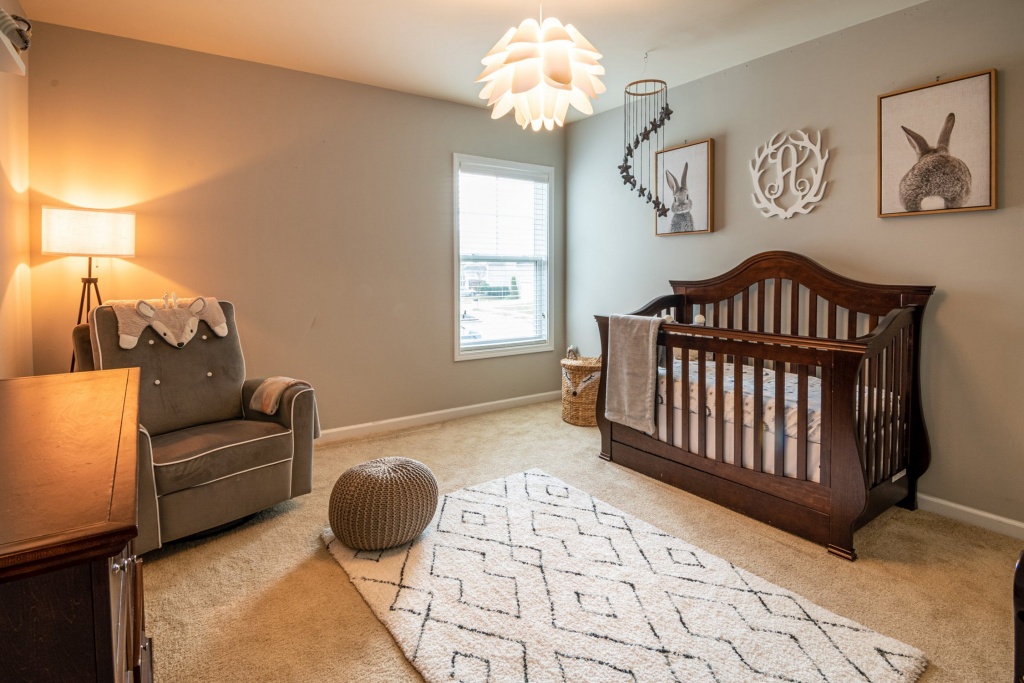|
The CDC states that there are about 3,500 sleep-related deaths among US babies each year. 1 Safe sleep means putting your baby to sleep in ways that can help protect him from dangers, like choking and suffocation (not being able to breathe), and sudden infant death syndrome (also called SIDS).3 Consider the following safety tips on ways to keep your baby safe.
Recommendations for Infant Safe Sleep:
- All babies should sleep on their backs, face up, until their first birthday. This also includes naps.
- The American Academy of Pediatrics (AAP) states that infants who sleep on their backs are much less likely to die of sudden infant death syndrome (SIDS), than babies who sleep on their stomachs or sides.
- Use a firm sleep surface.
- A firm sleep surface shouldn’t bend or sink in while your baby is lying on it. It is important that whether your infant uses a bassinet, crib, or play yard make sure that it meets the safety standard of the Consumer Product Safety Commission. In addition to a bassinet or a crib, a tight-fitting, firm mattress and fitted sheet designed for that product is recommended. Nothing else should be in the crib except for the baby. Remember, a firm surface is a hard surface.
- Remove any cords or wires near where your baby sleeps such as window cords or electrical wires.
- Room share—keep baby's sleep area in the same room where you sleep for the first 6 months or, ideally, for the first year. Place your baby's crib, bassinet, portable crib, or play yard in your bedroom, close to your bed. The AAP recommends room sharing because it can decrease the risk of SIDS by as much as 50% and is much safer than bed sharing
|
Avoid
- Letting your baby sleep on the couch or sofa.
- Placing your baby on his or her stomach when their sleep
- Leaving your child sleep in a car seat for a prolonged period outside of car or stroller.
- Co-sleeping with your infant. Co-sleeping is defined as the parent and child sharing the same sleep surface.
- Placing crib bumpers, toys or loose bedding in your child’s crib or bassinet. This could increase the risk of entrapment, suffocation, or strangulation out of the baby's sleep area
Remember the ABC’s of Safe Sleep every time:
- Alone-The safest place for babies to sleep is alone in the same room as their parents without any people, pillows, blankets, or stuffed animals.
- Back- Always place your baby on his or her back to sleep this includes both at night and during nap time.
- Crib- It is important for infants to have their own safe space to sleep. This does not include a sofa, cushion, or their parent’s bed.
- https://www.cdc.gov/vitalsigns/safesleep/index.html
- https://www.healthychildren.org/
- https://www.marchofdimes.org/baby/safe-sleep.
|
|
